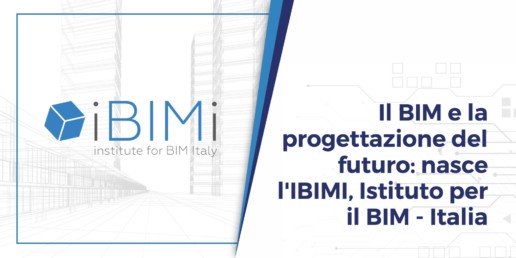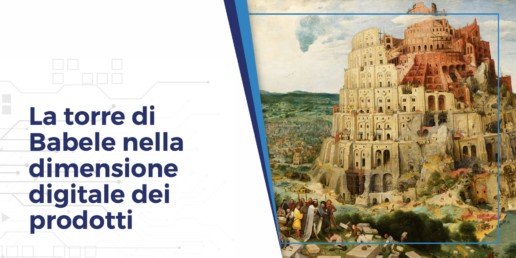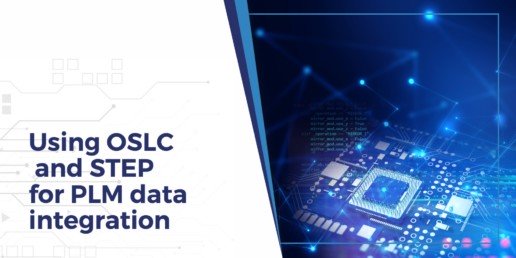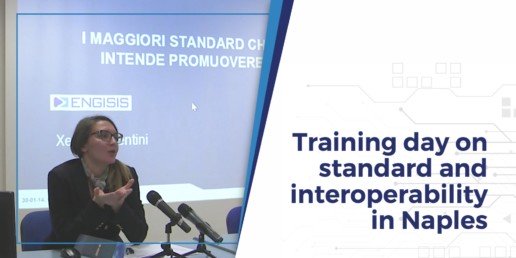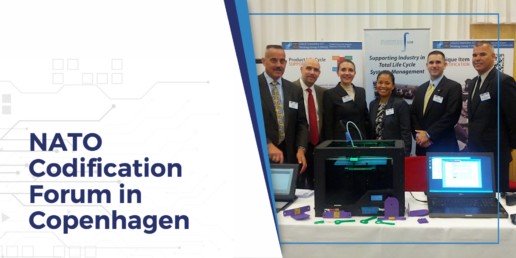Il BIM e la progettazione del futuro: nasce l'IBIMI, Istituto per il BIM - Italia
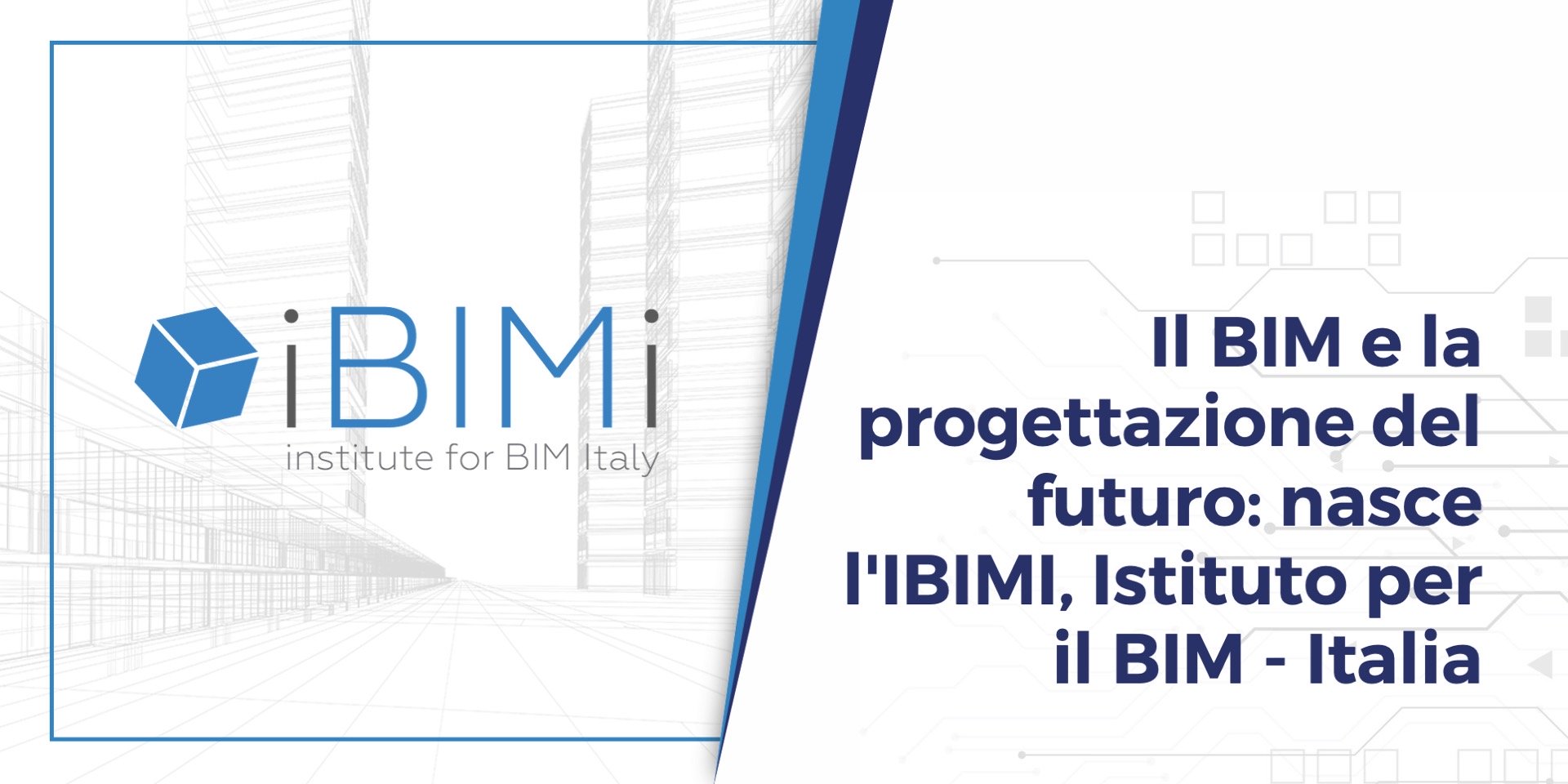
Il BIM (Building Information Modeling) è divenuto ormai anche in Italia, un tema di grande interesse tra i professionisti del settore delle costruzioni.
A marzo 2015, Engisis ha contribuito alla costituzione dell'Istituto per il BIM – Italia (Institute for BIM – Italy), in breve «IBIMI», definita come
Un'associazione di soggetti accomunati dalla cultura, dalla formazione, specializzazione e pratica professionale di attività inerenti l'impiego ed utilizzo del Building Information Modeling (BIM).
L'associazione è aperta a tutti coloro che operano ed intervengono nel campo dell'Open BIM e del BIM come esperti di standard ISO per l'interoperabilità, produttori di software, implementatori di Software open source, professionisti utilizzatori del BIM, sviluppatori di standard e le aziende/imprese interessate all'integrazione del BIM nei loro processi.
IBIMI formerà la figura professionale dell'“Esperto di BIM” o “BIM Expert” portando il professionista ad adeguarsi alle Direttive Europee che dal 1 Gennaio 2016 individuano nel BIM l'unica forma possibile per partecipare agli appalti pubblici europei (European Union Public Procurement Directive, EUPPD).
Cos'è il BIM?
La modellazione BIM è un metodo che consente di sviluppare la maggior parte delle attività riguardanti il sistema edificio-impianto mediante un modello 3D parametrico. Il modello integra un gran numero di informazioni relative all'involucro edilizio, gli impianti e la loro manutenzione, la gestione dell'edificio, ecc., fornendo una visione globale dell'edificio in fase di progettazione e durante la sua gestione e manutenzione lungo tutto il suo ciclo di vita.
I modelli BIM permettono un'analisi che tiene conto, non solo delle usuali 3 dimensioni, ma anche delle variabili tempo (4D), e costi e resa economica (5D), offrendo quindi un quadro completo dell'edificio, anche attraverso grafici e tabelle.
Nella progettazione architettonica, perciò, non si disegnano più semplici piante, sezioni o prospetti di un edificio, ma viene realizzato un modello tridimensionale nel quale ad ogni elemento costruttivo o impiantistico sono associati dei valori numerici relativi, tra l'altro, alle dimensioni, alla posizione, ai materiali di cui è composto, alle caratteristiche e dati energetici, permettendo così un controllo diretto delle interazioni – architettonico, strutturale, energetico, ecc – tra le varie componenti dell'edificio.
Non si parla di un unico software, ma di un insieme di programmi che si integrano e interagiscono tra loro, arricchendo il modello di nuovi dati.
Si realizza perciò una virtuosa interazione tra software specifici che solitamente vengono usati dalle diverse figure coinvolte nei processi di progettazione, realizzazione e gestione degli edifici (architetti, ingegneri, impiantisti, manutentori, ecc.) per la progettazione degli impianti termici, piuttosto che per il calcolo strutturale o calcoli geotecnici, ecc.
Pur utilizzando vari software si possono inserire i dati elaborati in un modello BIM e permettere a tutti gli attori di condividere i dati aggiornati per intervenire in caso di criticità.
Con i “software BIM”, le piante, i prospetti e quant'altro sono automaticamente generati dal programma e vengono aggiornati ad ogni modifica dei parametri, impedendo gli errori di distrazione, tipici del disegno con il CAD.
Il BIM permette di evitare che errori, superficialità, mancanza di dialogo tra i diversi attori del processo costruttivo, discontinuità temporali e spaziali nella filiera di realizzazione, diventino problemi in fase di cantiere, o addirittura in esercizio, con aumento di costi per correggere, adeguare, riadattare parti del sistema.
Il modello permette, infatti, di semplificare coordinamento, simulazione e visualizzazione, oltre ad aiutare i titolari e i fornitori di servizi a migliorare la pianificazione, la progettazione, la costruzione e la gestione delle infrastrutture.
A differenza dei disegni 2D tradizionali, i dati di un progetto realizzato utilizzando il BIM, sono più consistenti, coordinati e più precisi, permettendo ai diversi stakeholder di essere costantemente aggiornati indipendentemente dal numero o dalla tipologia di modifiche apportate al progetto.
Attraverso l'approccio BIM, i progetti relativi ad edifici, infrastrutture e impianti vengono creati e completati più velocemente, sono più economici e sostenibili.
Un nuovo approccio progettuale
Un metodo BIM è l'infrastruttura su cui l'intero gruppo di lavoro opera e si confronta. Architetti, Strutturisti, Impiantisti, paesaggisti, energy manager, costruttori, condividono il progetto dentro un sistema informato (ed informatizzato) dove ogni parte è contemporaneamente partitrice delle informazioni in essa integrate, e cosciente delle relazioni con le parti ad essa collegate.
Di fondamentale importanza risulta perciò capire come interagiscono i protagonisti dei principali ambiti (architettura- strutture- impianti, Energy Manager, Production Manager, Building Manager).
Oggi parlare di BIM significa parlare di integrazione progettuale tipica di processi come quelli di ottimizzazione dei tempi di realizzazione, di edifici zero-emission, di architettura flessibile, di sostenibilità ad ampio spettro. Insomma la buona gestione BIM diventa il sinonimo di “costruzione di qualità”, qualità che riguarda la stabilità, la sicurezza, la sostenibilità, la convenienza all'investimento.
Una nuova figura professionale: il BIM Manager
Nasce così l'esigenza di preparare le figure professionali chiave in grado di gestire questo cambiamento e le nuove tecnologie. I BIM manager sono oggi tra le figure professionali più richieste e remunerate in campo internazionale.
Il processo di apprendimento del BIM non può prescindere dall'aspetto culturale della materia, che fonda le sue basi soprattutto sui protocolli BIM Inglesi e Nord Americani. Conoscere i presupposti su cui si fondano le attuali tecnologie è la base per un uso cosciente dei processi e per costituire una consapevolezza operativa necessaria a chi voglia avere una qualifica “BIM Manager”, soprattutto in un paese, come l'Italia, che ancora non ha adottato un protocollo di riferimento.
La torre di Babele nella dimensione digitale dei prodotti
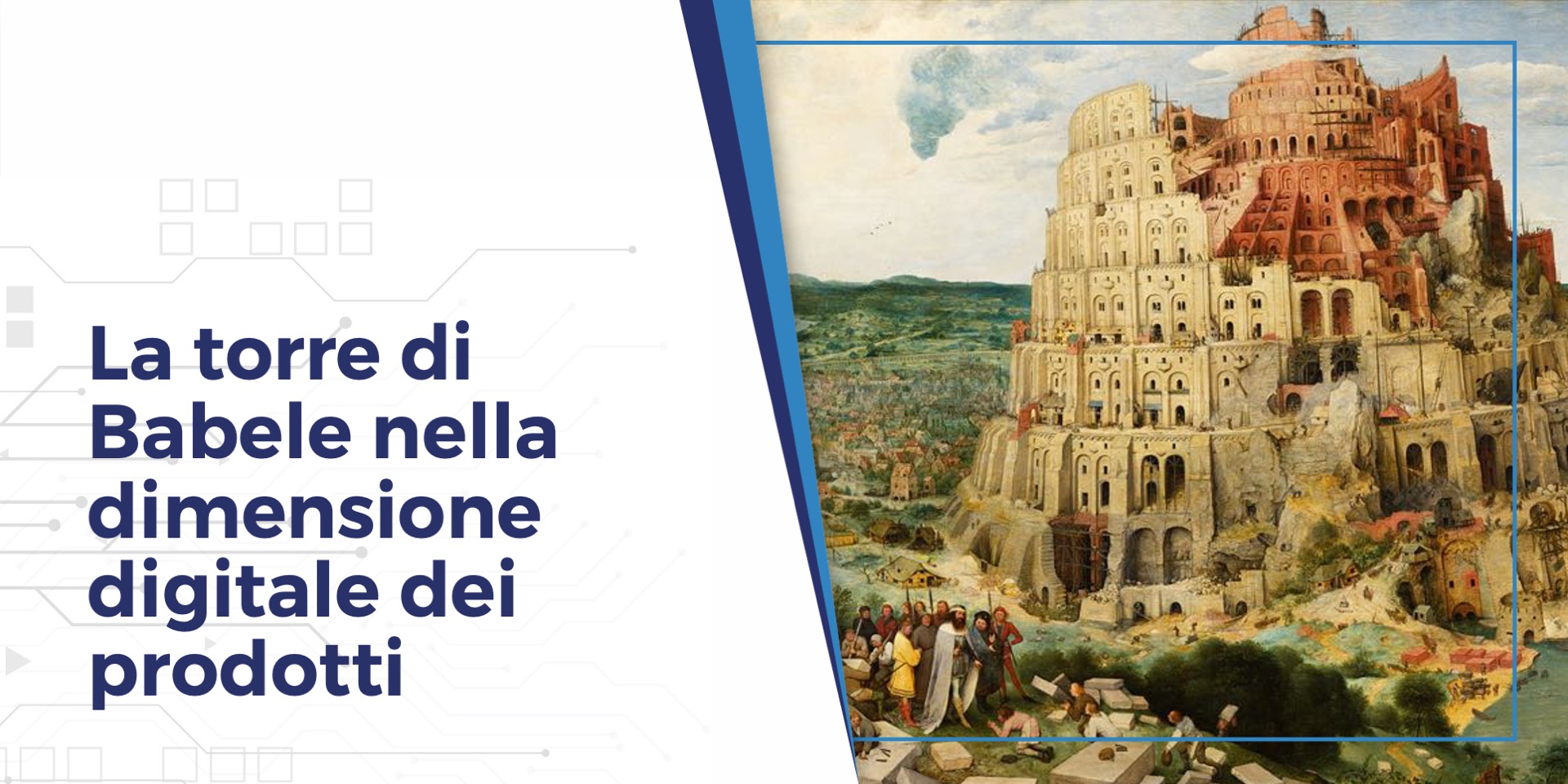
One of our recent articles, published by the Order of Engineers of Rome, shows why interoperability plays a strategic role in the delivery of capabilities.
Download
Learn more (Italian website)
Using OSLC and STEP for PLM data integration
Product data exchange and sharing is complex and existing solutions are not totally satisfying
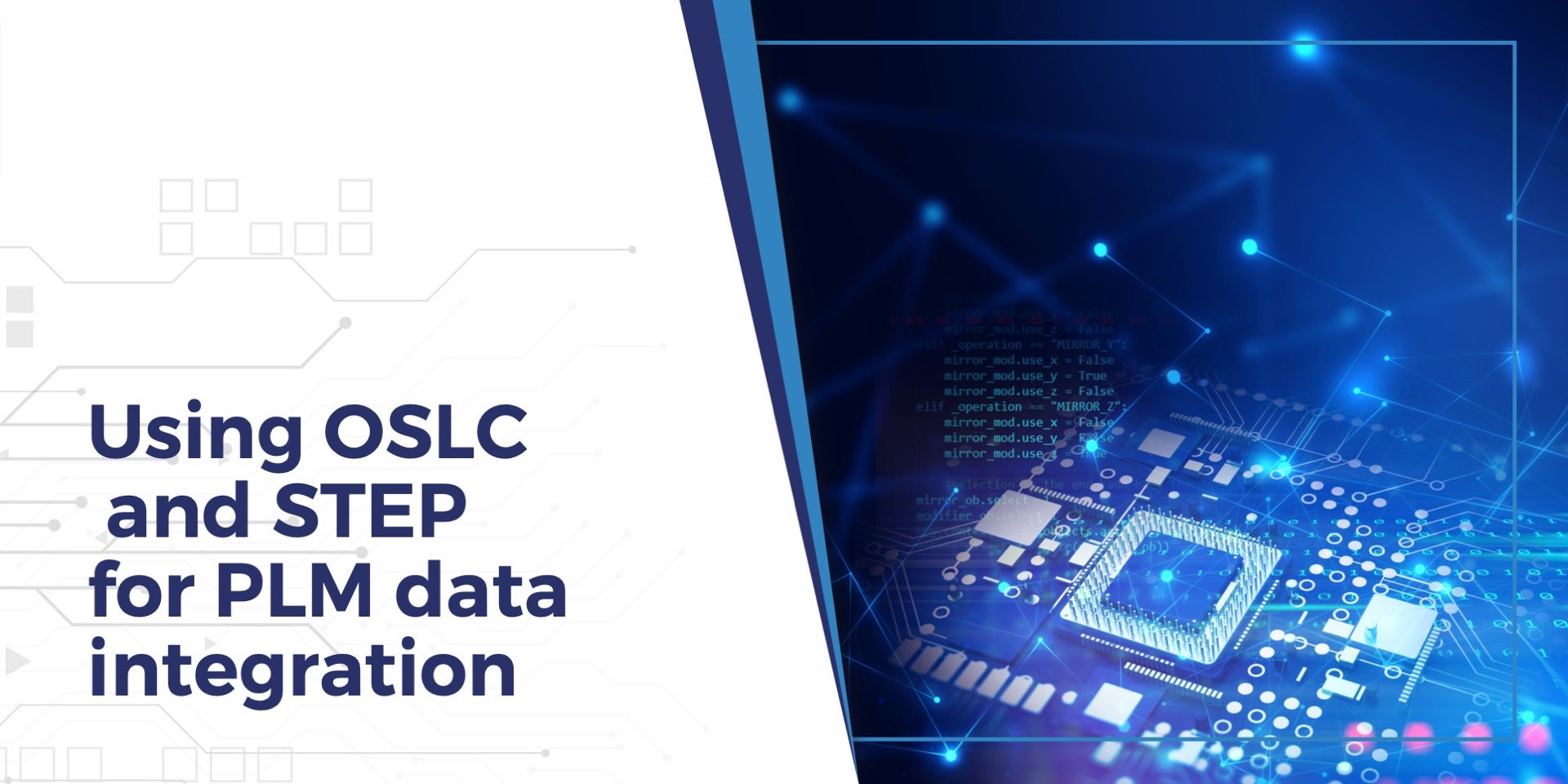
Traditional interface designs use a point-to-point interface whereby each information system directly interacts with each other system. The point-to-point integration strategy does not scale well as new interfaces are required every time a new system needs to be integrated.
Managers and IT have understood the value of using a canonical model as a neutral data format to facilitate product data integration. When each system is able to process the same canonical model, data integration becomes easier. Canonical models shall be well thought and designed to cover the data domains of the organization.
Better then is to use a standard data model, since it is often the results of years of work of domain experts and it permits to solve data integration not only within the enterprise, but also in the extended enterprise, that is among partners, customers, or suppliers.
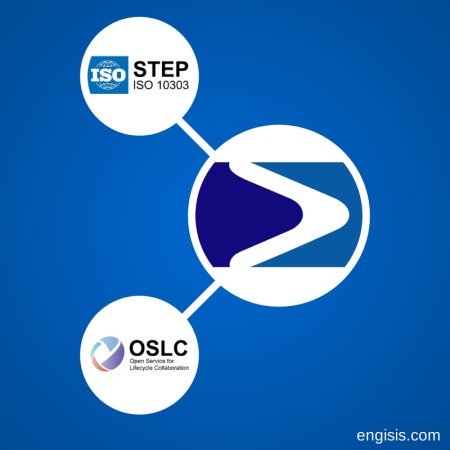
The data model is critical to the success of data integration. And so is the integration mechanism
The standards for the representation and the exchange of product data ISO 10303 (STEP) are a set of information models developed by experts of industrial domains like Model-based 3D engineering, Engineering analysis, Systems engineering, Material properties, and Product Life Cycle Support (PLCS).
The STEP standards have based the interoperability mechanisms on file exchange, through the Parts 21, 28, and 26. File exchanges are great for large business collaboration between companies. It protects data confidentiality, it restricts the scope of the data, and it can even be used as legal for contracting.
However, a file-based exchange mechanism does not cover certain business cases. For example when data need to be accessed in real time or when systems need to communicate with other systems. Middleware like Enterprise Service Bus (ESB), or shared repository, or hub (however you want to call them) were introduced to answer these specific business cases, but they ended up being new systems to setup, very complex to deploy, and hard to maintain.
Lifecycle integration inspired by the Web
SOA and REST API have proven to be solid technology to achieve integration. They are used by the largest players of the Web.
Linked Data is based on SOA and REST and it extends them with four principles:
- Use URIs to name resources (domain model/information)
- Use HTTP/REST URIs to make resources accessible
- Use standard form to represent resources and metadata (e.g, XML-based)
- Use HTTP links to connect resources with other resources (Person -> Friends)
Since 2008, the Open Services for Lifecycle Collaboration (OSLC) community has been developing open specifications to improve integration by using Linked Data.
Product data remain in their original systems and they are exposed as Linked Data by service providers. A “contract” specifies how to access the data. OSLC also provides specifications on how to combine data and services. The specifications follow the W3C Linked Data Platform. Finally, reference implementations are available (Eclipse Lyo, Apache Marmotta).
By combining STEP and Linked Data, we have found a solution for interoperability that is simple, open, flexible, replicable, scalable, and secure.
In particular, we have capitalized our knowledge on semantic technology and STEP (OntoSTEP) developed in 2009 to successfully show a Proof-of-Concept with the U.S. Marine Corps using PLCS and OSLC in 2013.
We can help you with:
- A lightweight mechanism to integrate your system, where
- data are based on STEP domain models, and
- services are supported by standards committee like W3C, OASIS, OSLC.
Training day on standard and interoperability in Naples
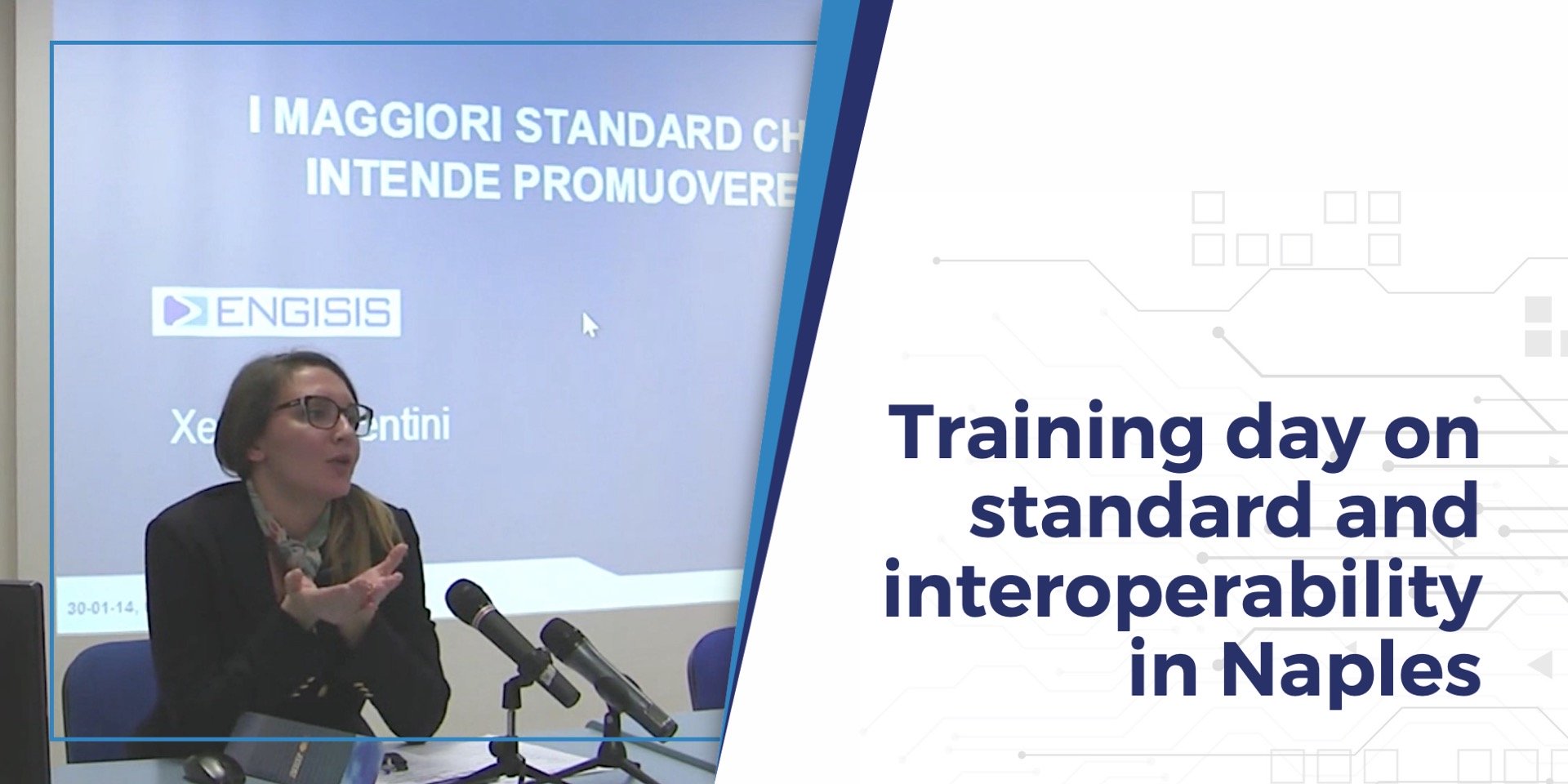
Within the OPTIMUS project, Engisis participated to a training session on standard and interoperability in Naples, Italy. The goal of the OPTIMUS is to provide to the companies of the Campania region in Italy the opportunity to improve the management of their product data by using product data standards.
On January 20th in Naples, Italy, Engisis talked about how to use product data standards to enhance enterprise integration and interoperability for Product Lifecycle Management.
Check out this video presentation (in italian):
More videos of Engisis are available (in italian):
- Gli Standard Internazionali Della Product Data Technology
- I Maggiori Standard Che Si Intende Promuovere
- I passi per l’implementazione degli standard
NATO Codification Forum in Copenhagen
Codification, interoperability, and total lifecycle systems management:
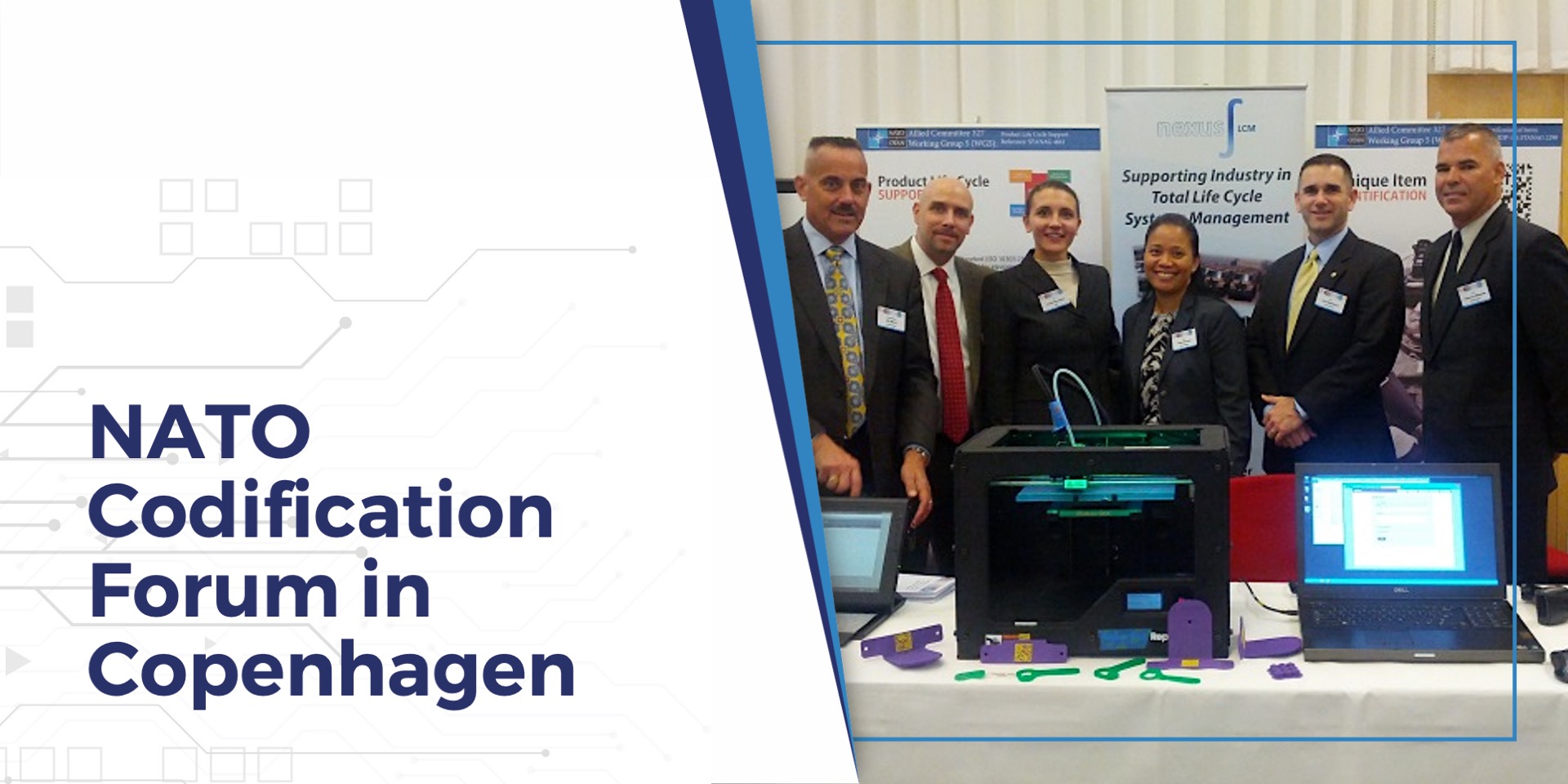
these are the three concepts that we tied together at the NATO Codification Forum in Copenhagen, November 6th and 7th , 2013.
More than 150 people from all over the world attended this forum, most of them being representatives of the National Codification Bureaus of the NATO countries. Our US partners at Nexus sponsored this well organized event, and they kindly invited us to show the “Data as a Service” concept that we developed together.
When I planned my trip to Copenhagen, I was asked by my mother what “codification” means. I had a bottle of water in front of me and I gave her the following example. I described the bottle in natural language, saying it was 1) a bottle, 2) in plastic and 3) 25 cm high. What if I was able to describe this same bottle with a simple string, instead of using a full sentence?
Codification is the capability of categorizing things based on criteria (single or multiple), assigning a string to that category, and describing the things by assigning them the string that corresponds to the category they belong to.
These strings can be meaningless (e.g., the bottle is codified as “47rt888”), or “talkative” (e.g., the bottle is codified as “BP25”, where the first digit represents the kind of object, the second represents the material, and the third/forth represent the height).
In the codification world, codification is used as a synonym of interoperability: if you are a bar owner and I want a particular bottle of water, I can simply ask for BP25. Since we both agreed on what BP25 means, then we can talk to each other and you know how to satisfy my need.
Codification = interoperability… how much is this statement true?
Well, half true, and things get much more complicated when instead of a bottle I am describing a complex system during its whole lifecycle. Codification definitely makes life easier but it is not sufficient. Why?
First, because we can't codify all the data related to a complex system, it would just take too much effort. Going back to the example of the bottle, it would be too hard to codify the process that is required to dispose of the bottle, or the kinds of the different taps that fit with that bottle.
Second, because the criteria you can use to categorize things are infinite, you would end up with the problem of describing how the different codifications are related to each other (which is a problem that cannot be solved by codification itself). Going back again to the example of the bottle, you could codify that same bottle as BP25, or as a water container, and then as an object produced in Italy, or as an object that you can find in a bar….Things get even more complicated when we take into consideration product structures, but this is something I will discuss in a future article.
Could we do interoperability without codification?
Yes, with a model-based approach, but we might end up using complexity when it is not needed.
A model-based approach allows expressing, in an organized model, the semantics of our description. The bottle would be expressed as a product, with an assigned material (plastic), and with a value (25) assigned to a particular geometric characteristic (height). The problem is that, with the model-based approach, asking for a bottle in a bar might become a trivial exercise...
Data as a Service
With the “Data as a Service” concept, we proposed an approach where items are described through both semantic models (PLCS) and codification (UII, Part Numbers and NSN). “Data as a Service” allows building web links between these concepts. In our demonstration, we established links between two simulated ERPs, the US DoD UID Registry, WebFlis (the US NSN registry) and the DLA database for the CAGE codes. The scenario included the request and execution of repair activities over items marked with UII and scanned by the in-field personnel through a mobile application.
Most of the people attending the Codification Forum were not aware of the UID policy and the PLCS standard, since they are embraced by different NATO AC (UID and PLCS come from NATO AC 327, while codification is established within NATO AC 135). Our demonstration showed how to build a bridge between the codification world and the “UID + PLCS” world. DaaS is built on top of emergent technology (e.g., ontologies and semantic languages), mature standards (e.g., ISO 10303-239 PLCS and UID), and consolidated means (e.g., the Web and the HTTP protocol).
“Data as a Service” enables the building of this bridge with an approach that allows to:
- perform processes with the current applications;
- define the master data in one application and re-use it many times without data replication;
- re-use existing infrastructure;
- use smart devices;
- optionally use a cloud network.
